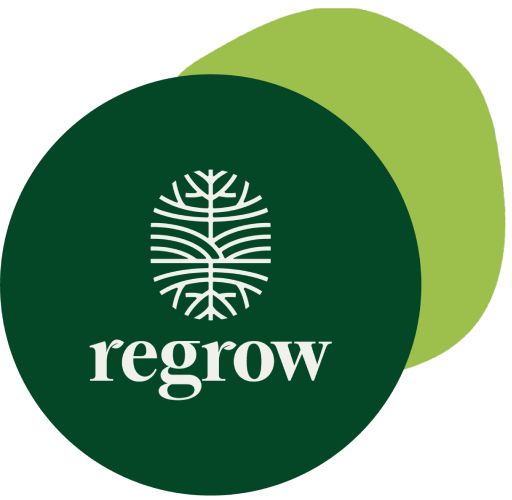Carbon markets are a new frontier in sustainable agriculture. Both voluntary and involuntary markets (driven by private buyers and by government regulation, respectively) allow growers to explore the potential of new products, practices and technologies while maintaining financial stability and mitigating risk.
Carbon markets incentivize growers by adding a key new product to the agriculture market: carbon credits.
While this is a promising new market, both farmers and industry experts are interested to see how it grows. We attended a carbon panel discussion this month at a Field Day hosted by Continuum Ag, a soil health software company, to hear different perspectives on the topic.
The panel featured growers Mitchell Hora and Zack Johnson, Iowa Secretary of Agriculture Mark Naig and Rabobank’s Cristian Barcan. Together, they discussed the ups and downs of carbon markets, how the markets can expand, and the potential they bring for sustainable and regenerative agriculture.
It Takes a Village
From politicians to private lenders, all panel participants realize that it takes a wide network of people to effectively support regenerative agriculture. The agriculture industry needs regulation to manage the markets, private companies to fund them, and all parties to increase awareness with consumers and drive demand.
With large companies looking to offset carbon emissions or combat climate change, there’s certainly a need to monetize growers’ efforts and incentivize future growth. However, all panel participants agreed that the market needs to be guided by growers.
“We need to build on the foundation of farmers, and de-risk the adoption of new practices,” said Iowa Secretary of Agriculture Mark Naig, “but it must start with the farmers.”
More than Carbon
Another prevailing idea among agriculture experts is that carbon markets aren’t — or shouldn’t be — the end of sustainability efforts. They are rather, just the beginning.
“How do we feed a growing population with less erosion, fewer inputs, and make more nutritious food?” asked grower and Continuum Ag Founder Mitchell Hora. For Hora and others, carbon sequestration addresses one problem in sustainable agriculture, but markets have the opportunity to address more than just carbon. Soil health, water quality, and other possible incentives rose to the surface as options in addition to carbon sequestration. As the growers pointed out, there are many paths to farm sustainably, and growers should be incentivized to address all of them.
An Optimistic Outlook
Though carbon markets are relatively new, there’s optimism on their potential within the industry. As Mark Naig mentioned,
“There’s a healthy skepticism about what’s happening with carbon, and the potential for carbon markets. But I’m picking up a lot of optimism… and I myself feel a lot of optimism.”
Together, we can enable progress and increase the adoption of new practices by bolstering carbon markets, increasing awareness around the benefits of farming for carbon sequestration, and demonstrating their effectiveness for consumers.
Learn more about regenerative agriculture on our blog.
.png)


